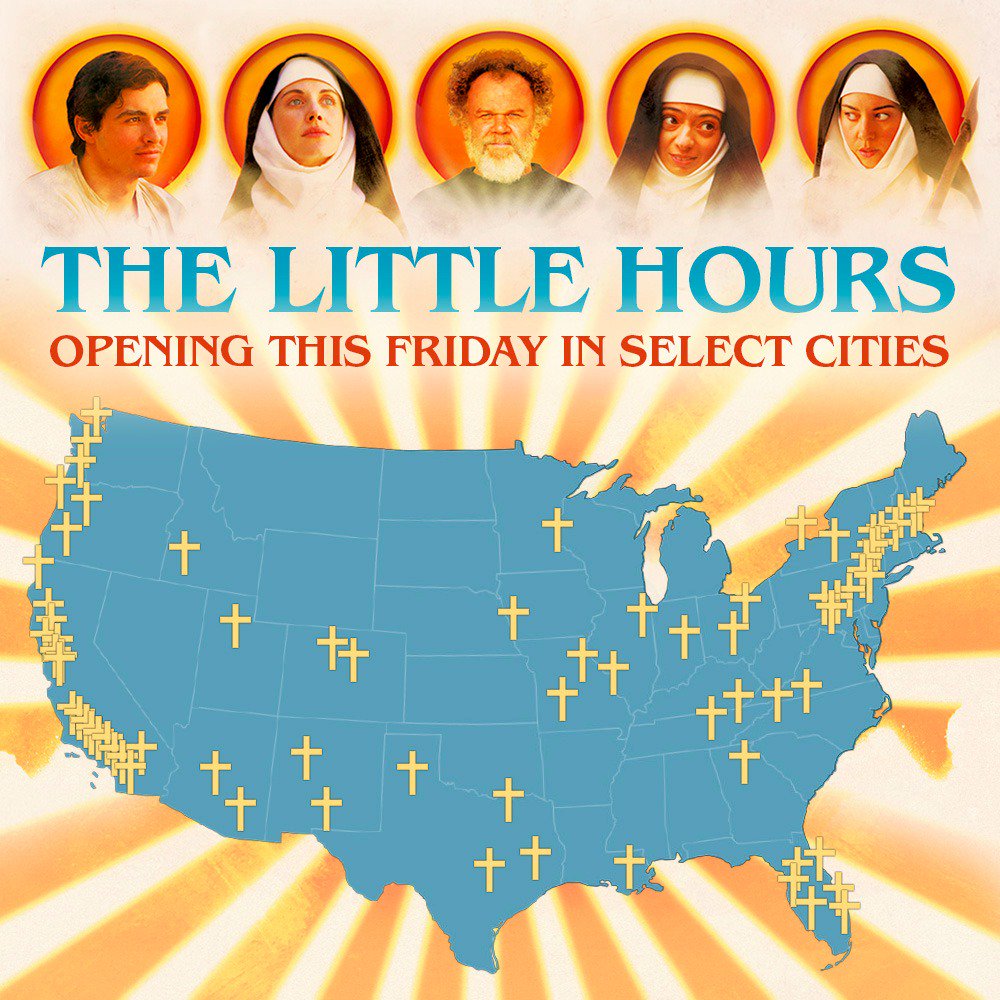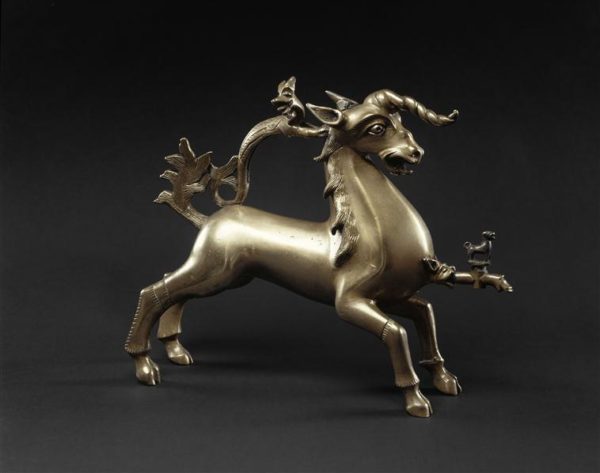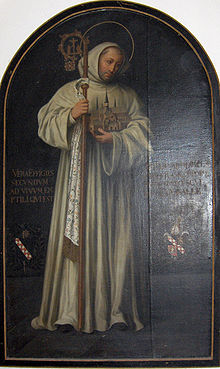 Throughout
the High and Late Middle Ages universities were established in many of Europe’s
leading cities such as Paris, Cambridge, and Prague. Universities were especially
prevalent in Italy, and would be a point of pride for the republics or
principalities they were hosted in. Florence was no exception, and in 1321 CE a
Studium Generale was established in the Florentine Republic. The early
university was ratified by a bull from Pope Clement VI, legitimizing and
officially recognizing all titles that it conferred. In this early form, the
University of Florence taught Civil and Canon Law, Literature, and Medicine,
with Theology being added to the catalogue shortly after it was founded.
Throughout
the High and Late Middle Ages universities were established in many of Europe’s
leading cities such as Paris, Cambridge, and Prague. Universities were especially
prevalent in Italy, and would be a point of pride for the republics or
principalities they were hosted in. Florence was no exception, and in 1321 CE a
Studium Generale was established in the Florentine Republic. The early
university was ratified by a bull from Pope Clement VI, legitimizing and
officially recognizing all titles that it conferred. In this early form, the
University of Florence taught Civil and Canon Law, Literature, and Medicine,
with Theology being added to the catalogue shortly after it was founded.  Medieval
universities such as the University of Florence are impactful for a number of
reasons. First, they were an early example of specialized study in the arts and
sciences. Departments dedicated to particular areas of study were established,
and would come to be institutionalized. Second, Studium Generale was a new form
of higher education, one that came to replace cathedrals and monasteries as the
standard in Europe. These new schools were open to any capable student, and
were not restricted to locals. The establishment of institutions such as these
helps to explain the diffusion of knowledge that took place during the Late
Middle Ages, and sets the stage for the Renaissance. The emphasis on
universities in Italy may also help explain why so much of the early activity
during the Renaissance was centered on the peninsula, especially in Florence,
which is often called the birthplace of the Renaissance.
Medieval
universities such as the University of Florence are impactful for a number of
reasons. First, they were an early example of specialized study in the arts and
sciences. Departments dedicated to particular areas of study were established,
and would come to be institutionalized. Second, Studium Generale was a new form
of higher education, one that came to replace cathedrals and monasteries as the
standard in Europe. These new schools were open to any capable student, and
were not restricted to locals. The establishment of institutions such as these
helps to explain the diffusion of knowledge that took place during the Late
Middle Ages, and sets the stage for the Renaissance. The emphasis on
universities in Italy may also help explain why so much of the early activity
during the Renaissance was centered on the peninsula, especially in Florence,
which is often called the birthplace of the Renaissance.
The groundwork for our
university system is an artifact of the Middle Ages. Just as we value our
institutions of higher learning, so too did medieval peoples. Without an
understanding of medieval universities, we have an incomplete history of our
university system.
References:
Cobban, Alan, The Medieval Universities: Their Development and
Organization, London: Harper & Row, 1975.
Haskins, Charles Homer. The Rise
of Universities. Gordon Press, 1976.
“History - University -
Università Degli Studi Di Firenze - UniFI.” Www.unifi.it, https://www.unifi.it/vp-10280-history.html.
Images:
“Visual Gallery - University - Università Degli Studi Di Firenze -
UniFI.” Www.unifi.it, https://www.unifi.it/vp-10729-visual-gallery.html.



















